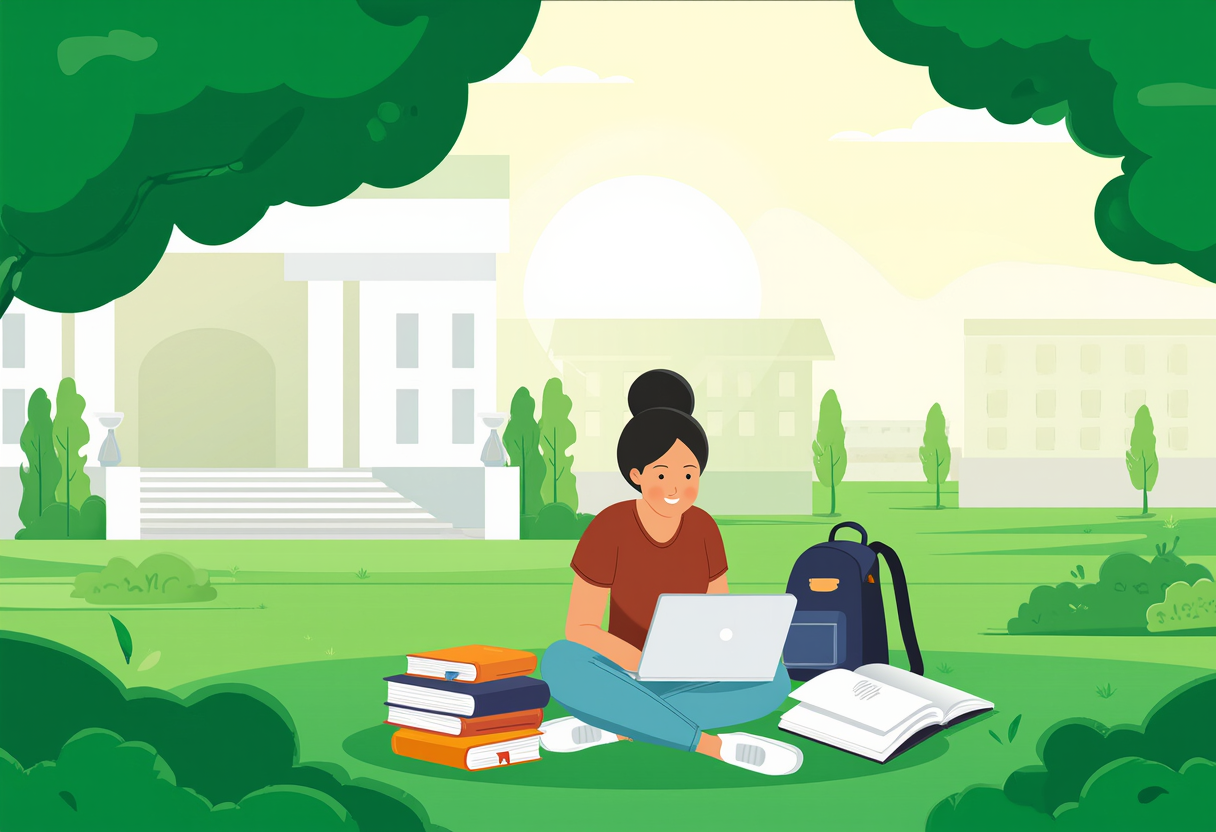Why Buying Second-hand Laptops is a Smart Choice for Students
In today's digital age, students require reliable technology for their academic success. This article explores the advantages of purchasing second-hand laptops, from affordability to sustainability. We'll analyze key factors such as performance, warranties, and when to choose a refurbished device over a used one.
The Rising Popularity of Second-hand Laptops
In recent years, the demand for second-hand laptops has surged, particularly among students and budget-conscious consumers. The allure of lower prices combined with decent specifications makes these devices an attractive option. By opting for second-hand laptops, students not only save money but also contribute to a more sustainable cycle of technology usage. This movement towards buying used devices aligns with the growing awareness of e-waste. Affordable options in the second-hand market allow students to access technology they might otherwise consider out of reach. Moreover, many second-hand laptops come equipped with powerful processors and sufficient memory to handle academic tasks effectively. It's essential to evaluate the condition and specifications of these devices to ensure they meet your needs while remaining budget-friendly.
Understanding the Advantages of Second-hand Laptops
Purchasing second-hand laptops presents numerous advantages. Firstly, the cost savings can be significant when compared to buying brand-new models. A student on a tight budget will find that a second-hand laptop might offer the necessary technology at a fraction of the price. Furthermore, many reputable sellers provide refurbished products with warranties, ensuring peace of mind. This way, buyers can make informed decisions while minimizing risks. Additionally, buying second-hand laptops helps reduce e-waste and promotes recycling. Students can feel good about their purchase, knowing they're making an environmentally friendly choice. However, it's crucial to research seller credibility and product history to avoid potential pitfalls. Having access to detailed reviews can also assist in guiding such purchases.
Key Considerations When Choosing Second-hand Laptops
Before diving into the second-hand laptop market, there are essential factors to consider. Condition and performance should be assessed first. Ensure that the laptop isn't just visually appealing but also functional. Opting for models that were built for longevity can be beneficial. Further inputting specifications such as RAM and storage into the evaluation process ensures that the second-hand laptops will meet academic requirements. It's often wise to avoid the cheapest options, as these may indicate potential issues. Moreover, checking for compatibility with necessary software is vital to avoid operational hiccups. Another consideration is the presence of customer service from the seller since support can streamline the overall experience for users not well-versed in technology. Engaging with online communities and forums may provide additional insights into what works best for students.
Refurbished vs. Used: What's the Difference?
Understanding the distinction between refurbished and used second-hand laptops is imperative. Refurbished devices typically undergo a thorough inspection and repair process, making them more reliable than regular used models. When purchasing refurbished, be sure the seller offers a guarantee or warranty to ensure accountability. In contrast, used laptops may not have undergone any professional scrutiny, meaning they could carry unknown risks. These risks might manifest through malfunctioning components or outdated software, which could complicate usability for students. Being well-informed about these differences allows students to make smarter choices when selecting a device that fits their needs. Ideally, refurbished second-hand laptops provide a balance between quality and affordability, making them the preferable choice for many.
The Long-Term Benefits of Second-hand Laptops
Investing in second-hand laptops can lead to long-term advantages. Students enjoy not only financial savings but also the realization that their purchase contributes positively to the environment. By extending the lifespan of existing devices, they play a role in reducing the demand for new technology production, which can have harmful ecological effects. Additionally, there’s room for future upgrades in these machines, allowing users to enhance performance when necessary. Such flexibility is often not available with budget new models. Engaging with second-hand laptops fosters a sense of community, where buyers can exchange tips and experiences about their devices. This community aspect enhances learning and troubleshooting strategies among peers, making technology more accessible and less intimidating. Thus, second-hand laptops are not merely a cost-cutting option but a pathway toward building meaningful tech-savvy experiences.
Conclusion: Embracing Second-hand Laptops for a Brighter Future
The exploration of second-hand laptops opens up numerous doors for students looking to navigate the ever-increasing technology requirements of their education without succumbing to overwhelming costs. With benefits spanning affordability, sustainability, support systems, and community engagement, choosing second-hand can be both an intelligent and empowering decision. As students gear up for academic success, opting for second-hand laptops aligns perfectly with their practical needs. Ultimately, savvy consumers can embrace these technologies confidently, setting the stage for a brighter future.
